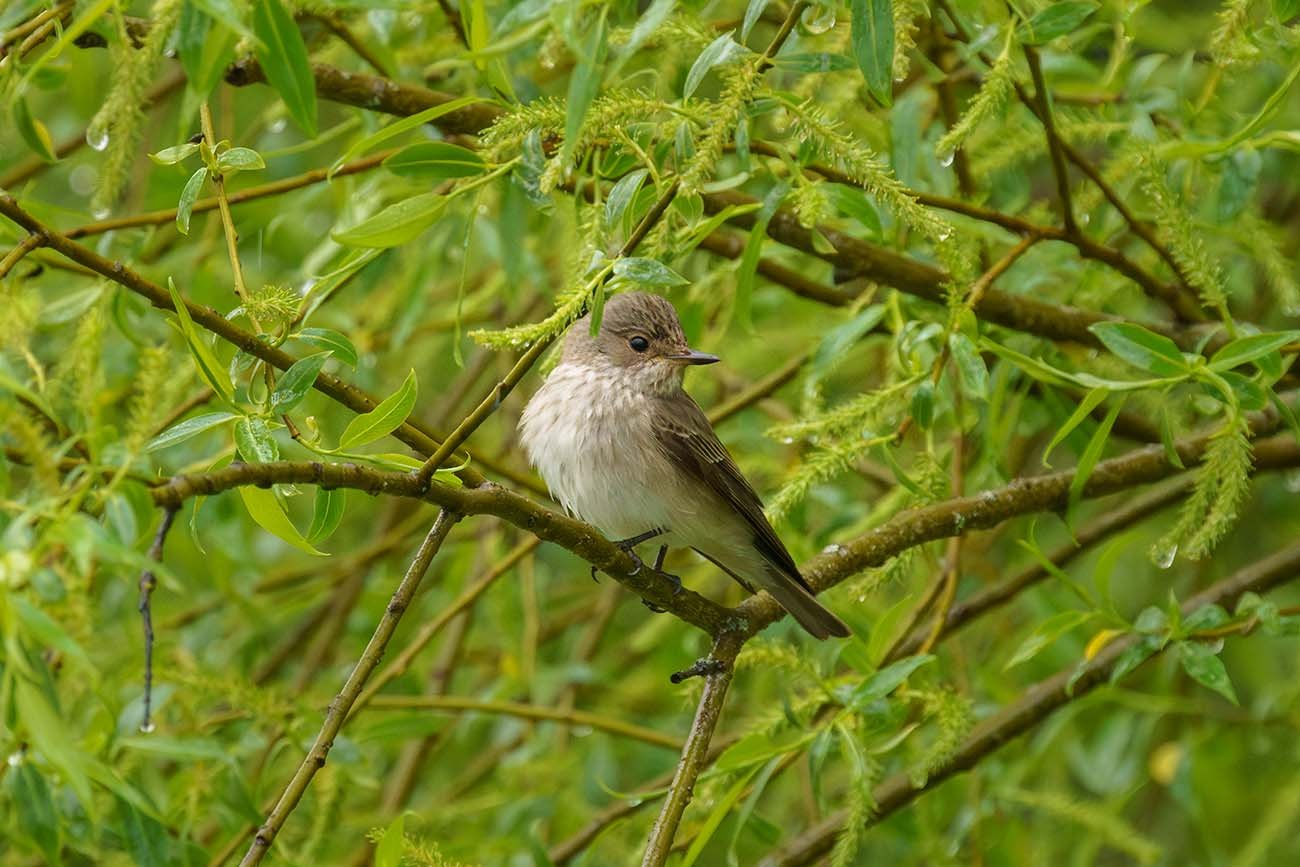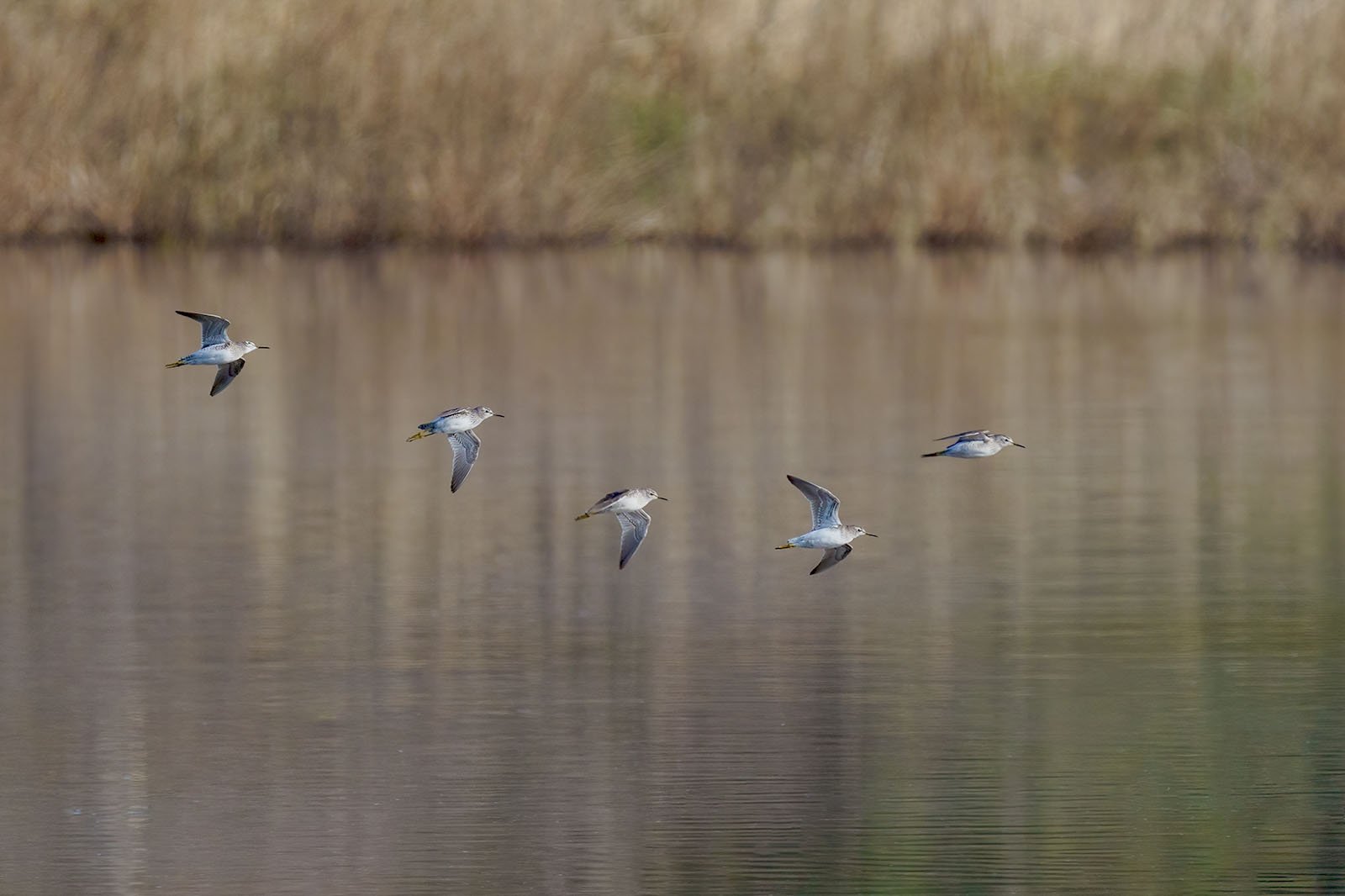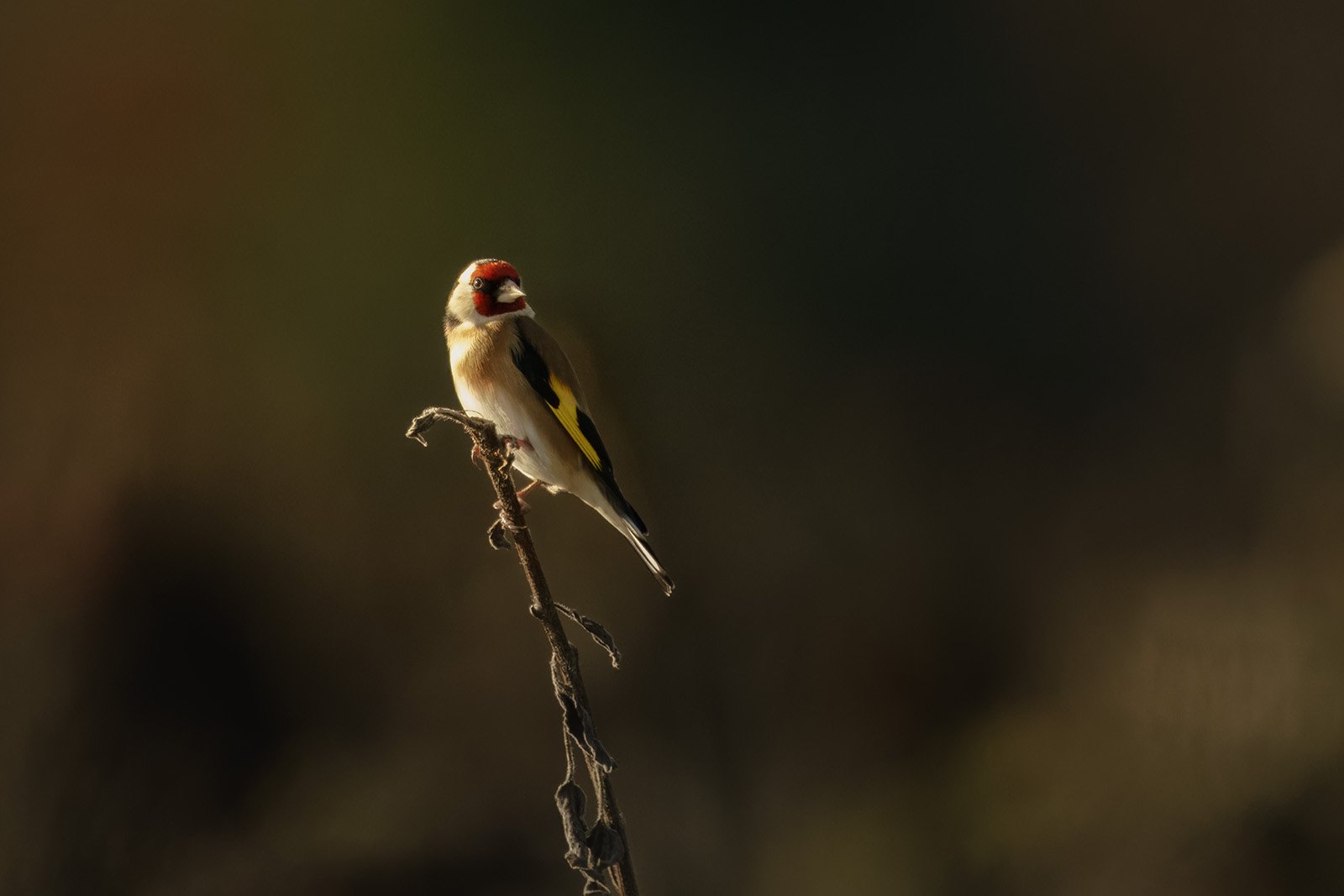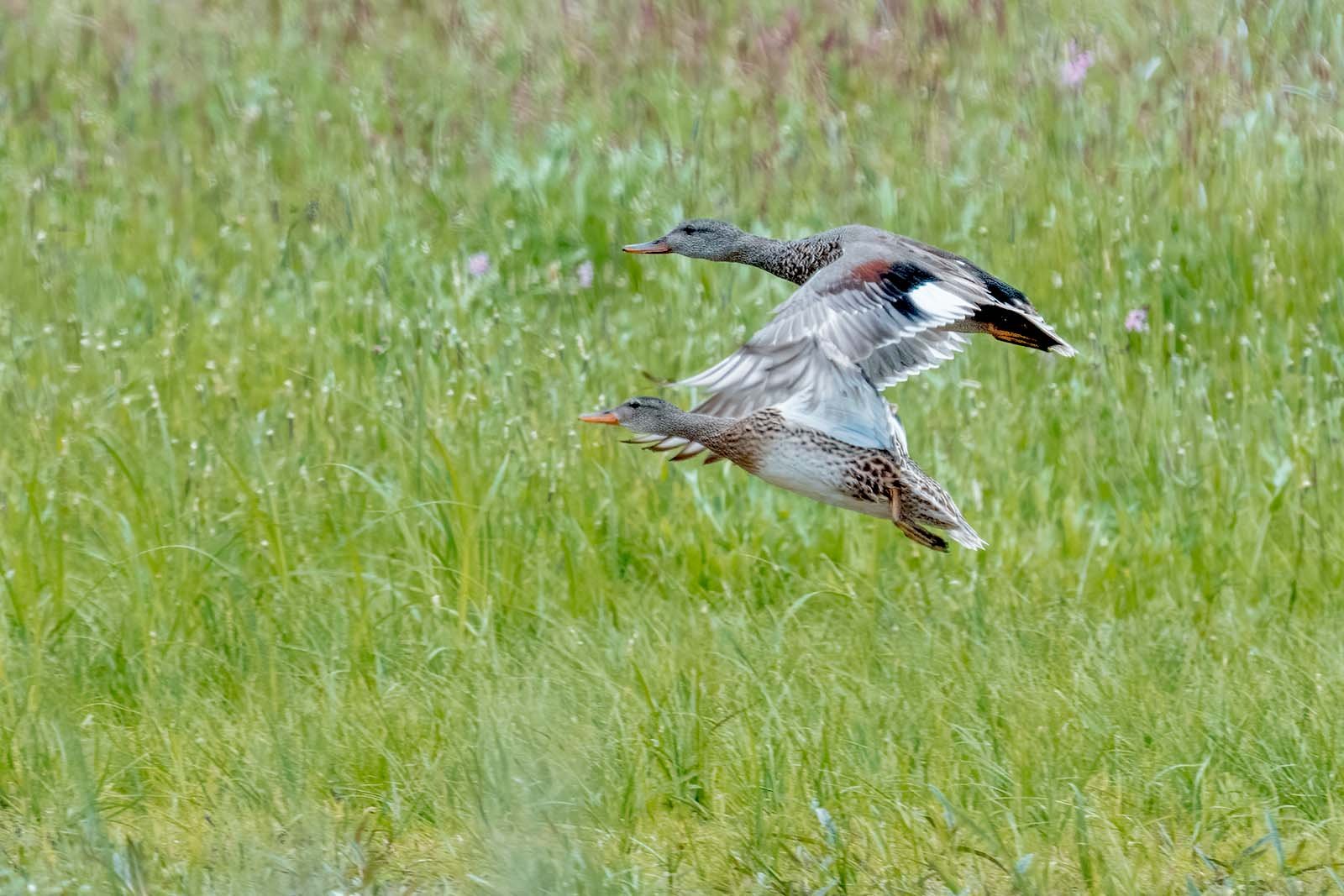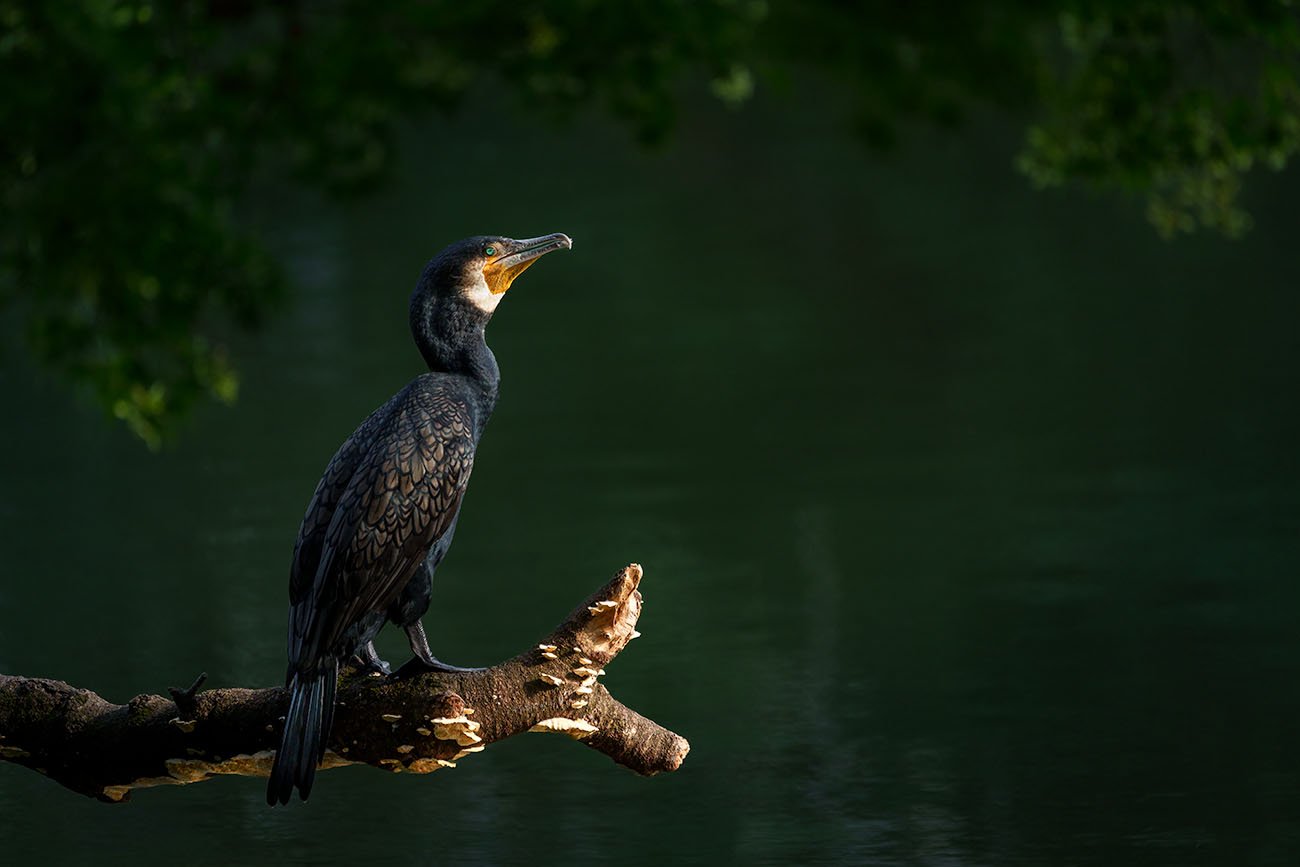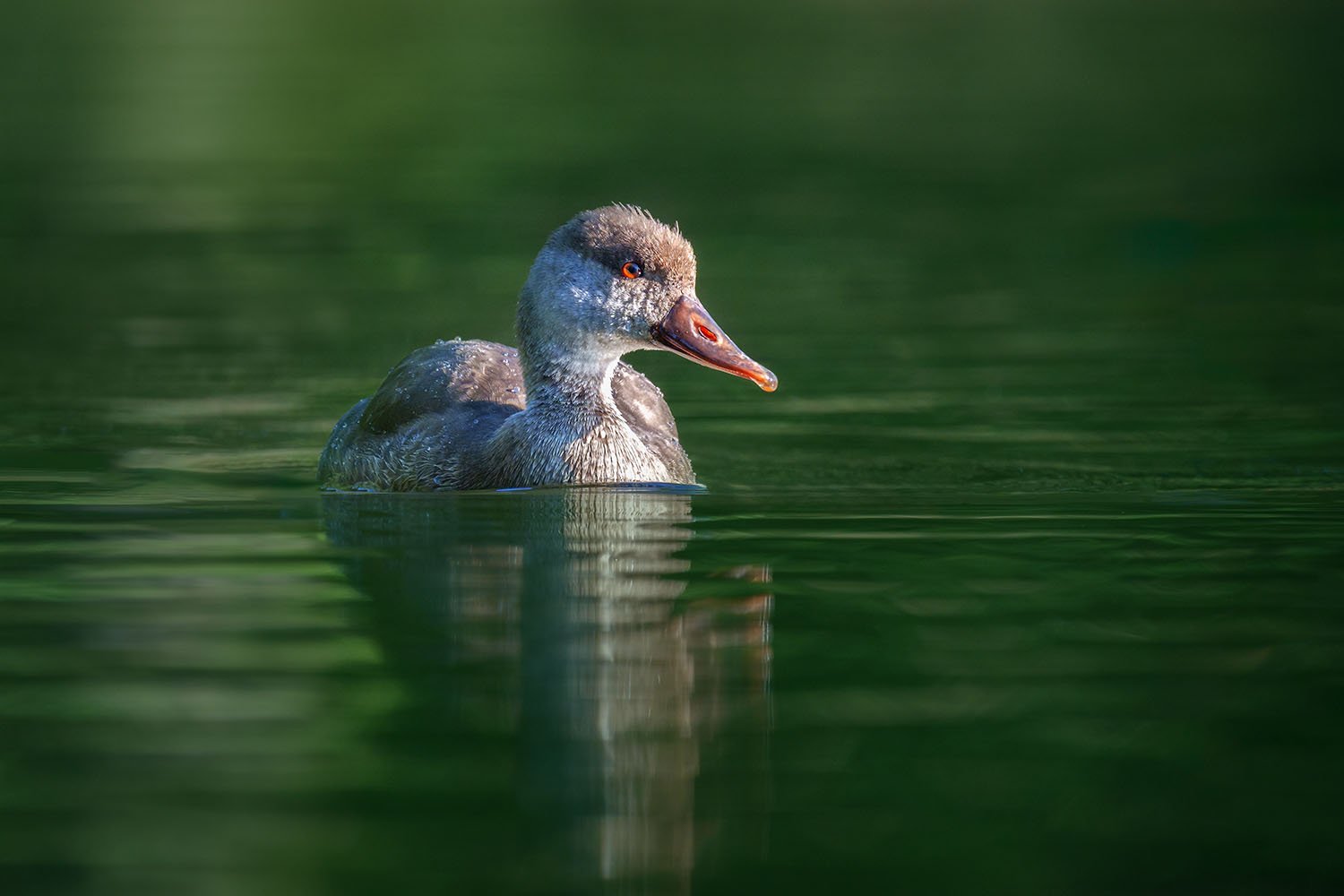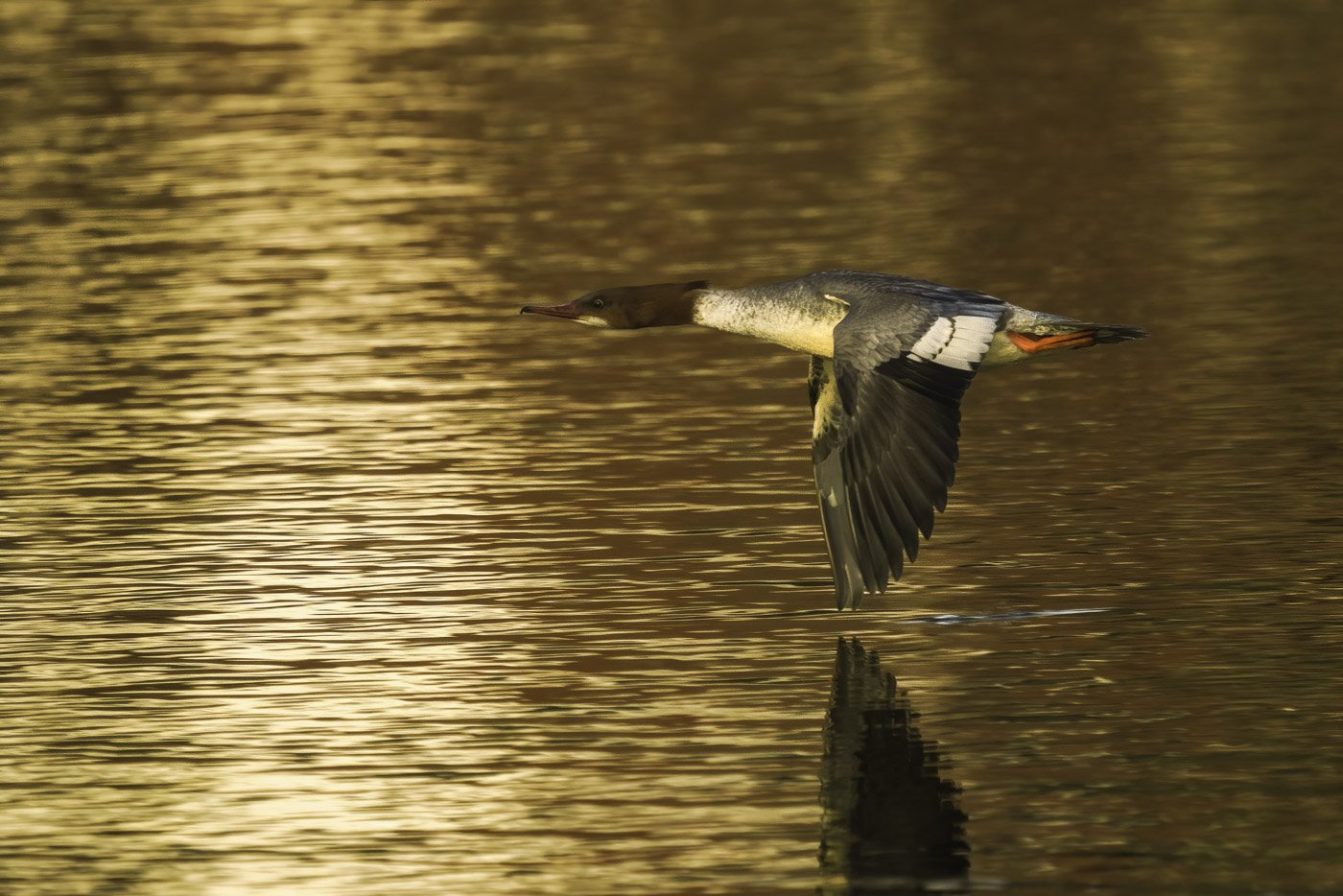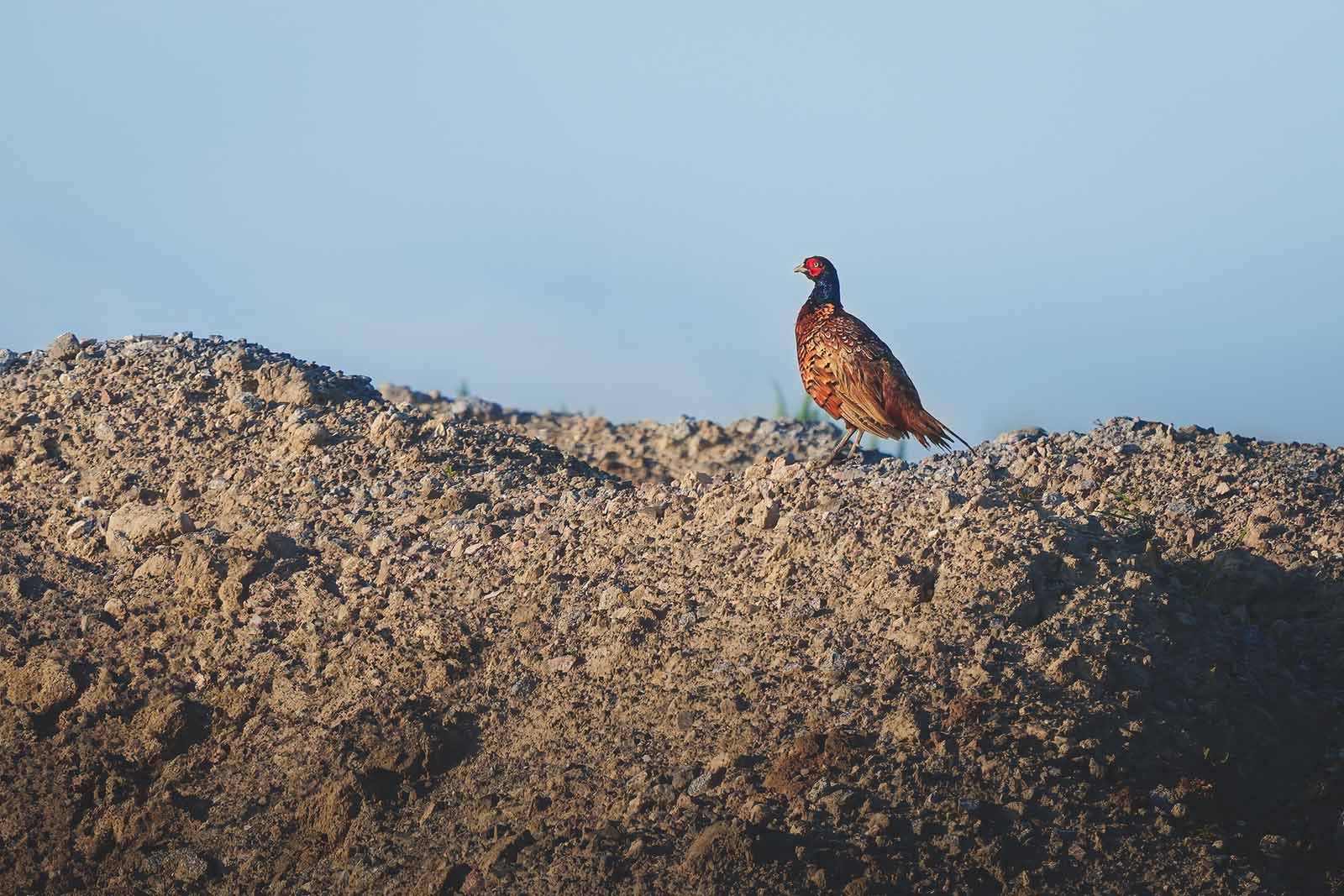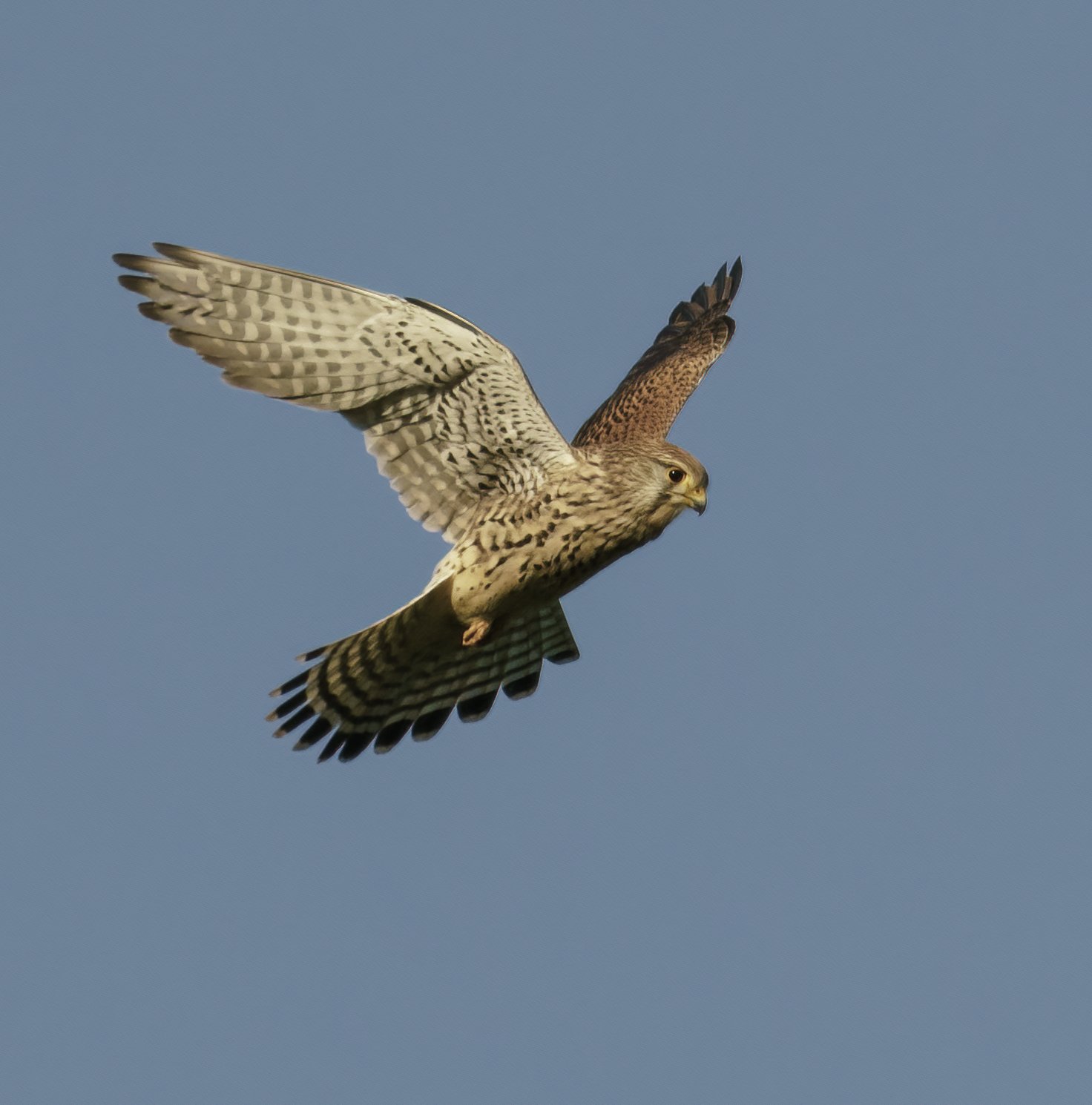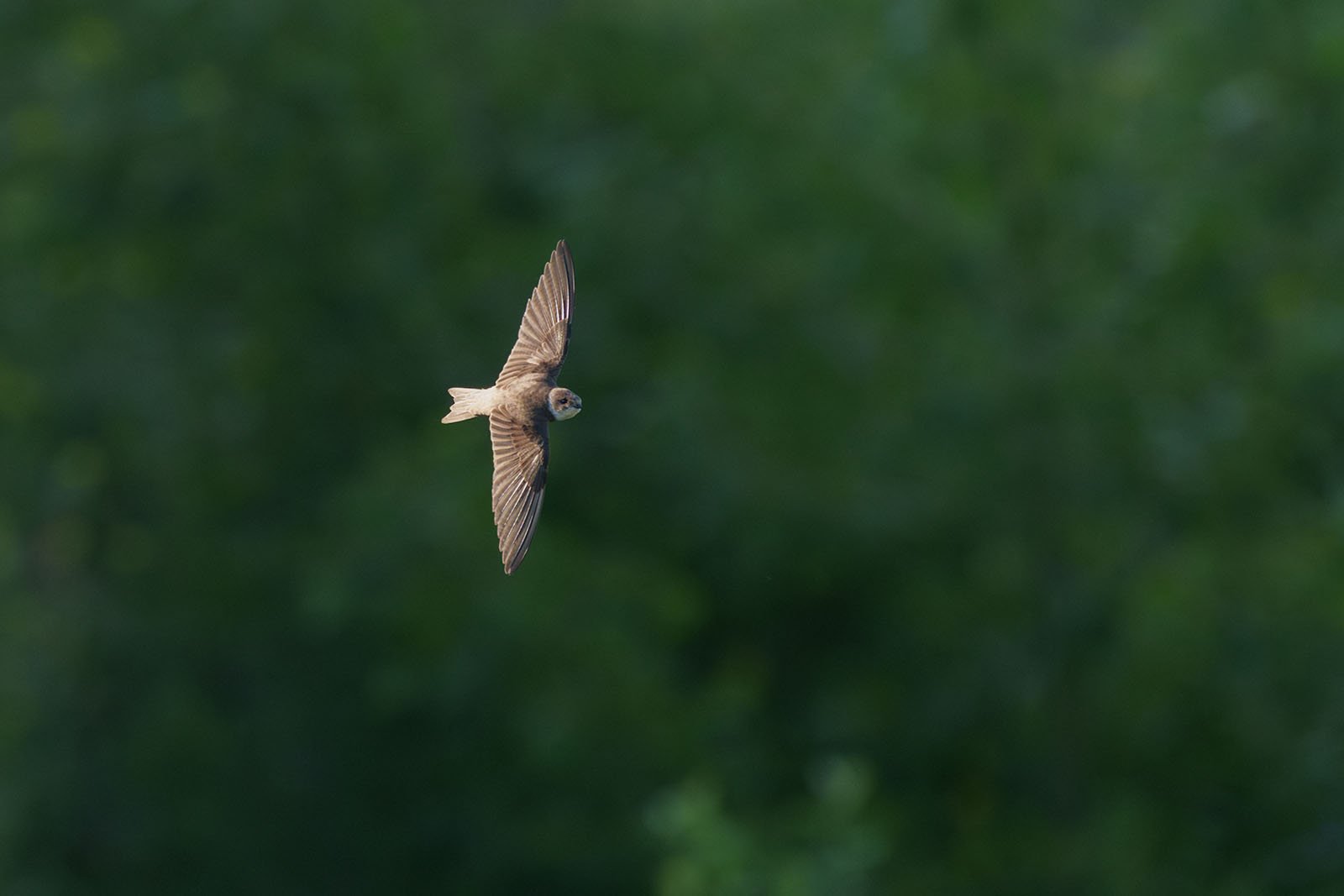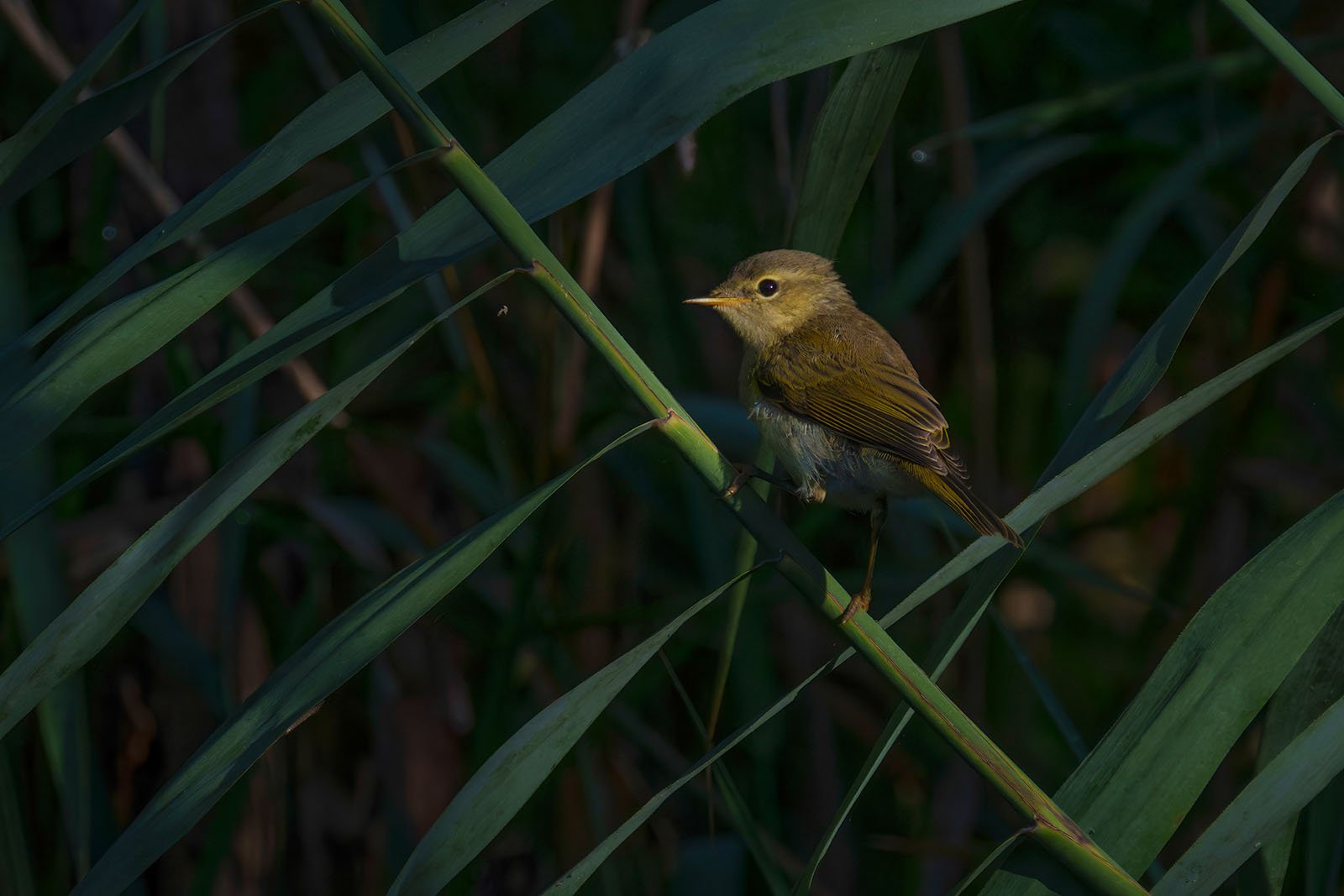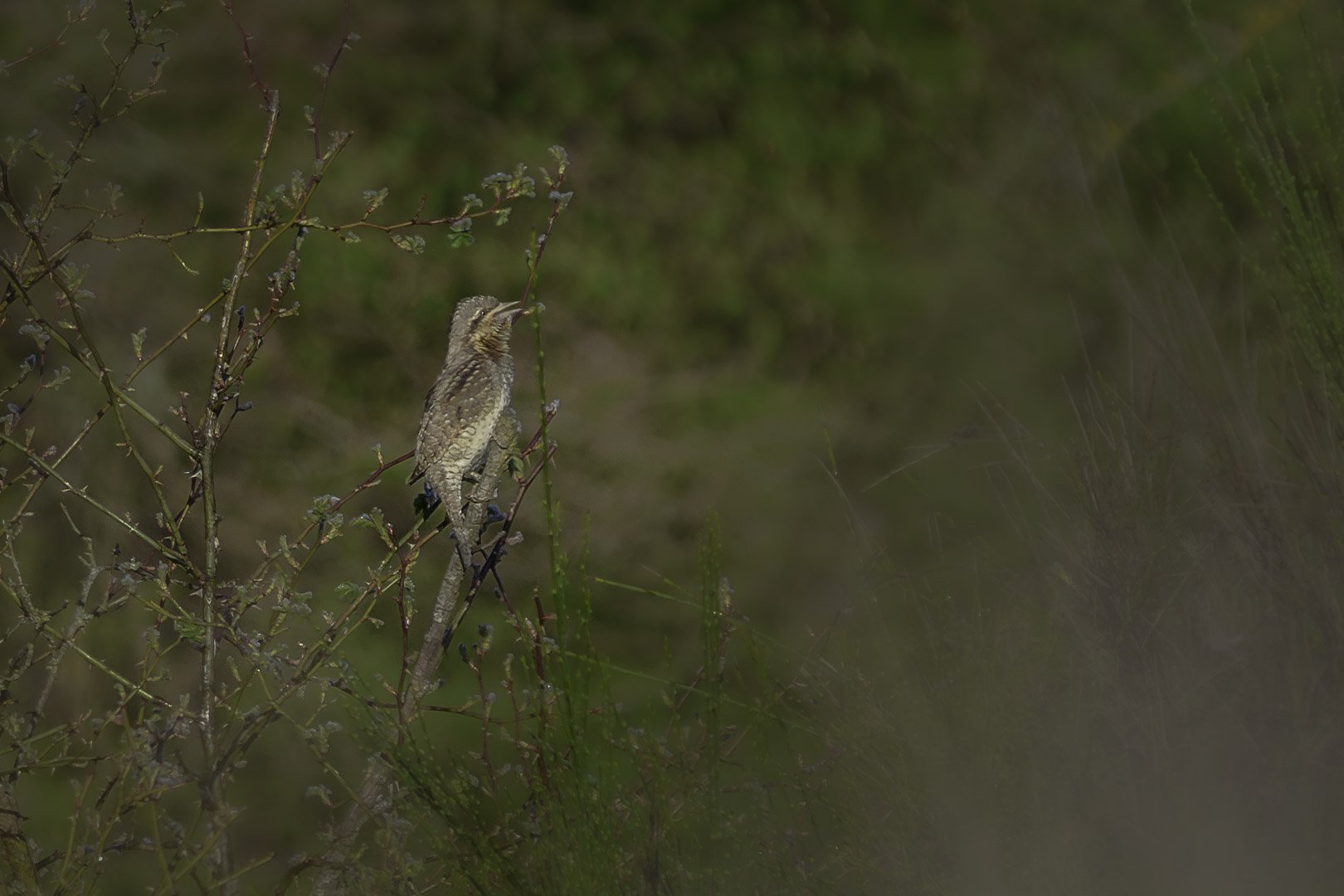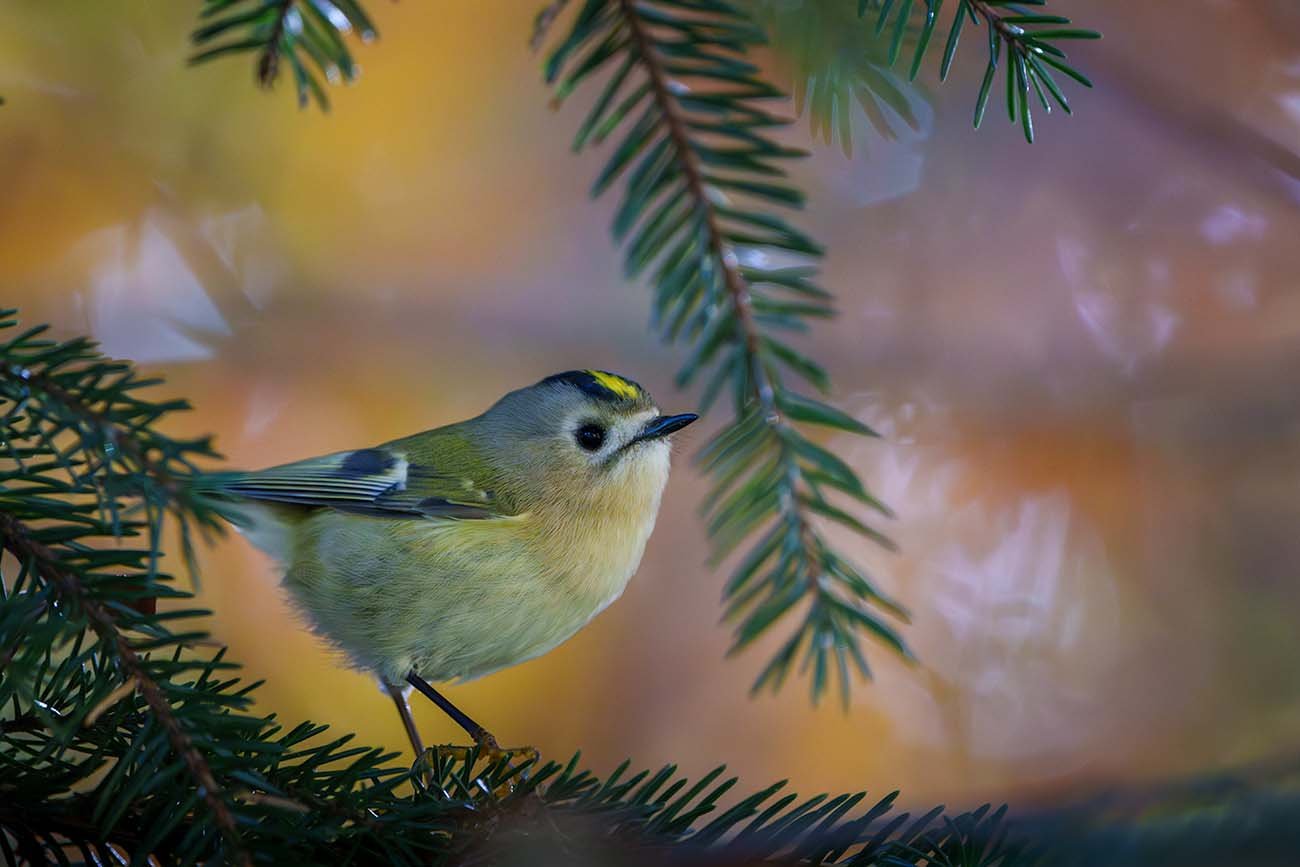Common Moorhen (Gallinula chloropus)
Common moorhen (Gallinula chloropus)
Common Moorhen – The Secretive Resident of Shorelines
The Common Moorhen, a native waterbird with slate-black plumage and a red bill, inhabits waters with dense shoreline vegetation. Learn more about its behavior and habitat.
Quick Facts
- Size: 27–31 cm, with slate-black plumage.
- Distinctive Features: Red bill with a yellow tip and white flank stripes.
- Habitat: Still or slow-moving waters, often found in urban areas.
- Reproduction: Hidden nests with 5–8 eggs; chicks stay near the nest initially.
- Diet: Both plant and animal matter, including shoots, seeds, snails, and worms.
Key Data
- Scientific Name: Gallinula chloropus
- Size: 27–31 cm
- Distribution: Europe, Asia, Africa, North America
- Habitat: Waters with dense shoreline vegetation
- Unique Features: Greenish-yellow legs and a red bill with a yellow tip
Table of Contents
- Introduction: The Secret Life of the Common Moorhen
- Characteristics of the Common Moorhen
- Habitat and Distribution
- Reproduction and Breeding Behavior
- Diet and Lifestyle
- Practical Examples: Observing Moorhens
- FAQ: Frequently Asked Questions About the Common Moorhen
1. Introduction: The Secret Life of the Common Moorhen
The Common Moorhen (Gallinula chloropus) is a bird you can often spot along shorelines—if you look closely. Measuring between 27 and 31 cm, it’s smaller than many other waterbirds, but its slate-black plumage with distinctive white flank stripes and its bright red bill make it unmistakable.
Common Moorhens are shy and prefer staying close to dense shoreline vegetation where they find shelter. Despite their secretive nature, they are remarkably adaptable and can even be found in urban areas, such as park ponds. Some populations migrate to warmer regions like the Mediterranean during winter, while others remain in place year-round.
2. Characteristics of the Common Moorhen
The Common Moorhen is easily identified by several striking features:
- Plumage: Slate-black plumage is accented with white stripes along the flanks and under the tail.
- Bill: Its bright red bill with a yellow tip is a signature trait.
- Legs: The greenish-yellow legs have earned the bird the nickname "Green-legged Moorhen."
- Juveniles: Younger birds are brownish and less conspicuous, providing them with camouflage from predators.
In addition to its appearance, the Common Moorhen is known for its behavior: it moves cautiously, often flicking its tail rhythmically, and exhibits a calm but alert demeanor.
3. Habitat and Distribution
The Common Moorhen favors still or slow-moving waters with dense shoreline vegetation. These areas offer protection from predators and excellent conditions for foraging and nesting.
Typical Habitats
- Lakes and Ponds: Small, quiet water bodies with ample reeds and rushes are ideal.
- Urban Parks: Moorhens have adapted to human presence and thrive in city parks.
- Rivers and Canals: Slow-moving water provides suitable refuges.
Distribution
The Common Moorhen is widespread across Europe, Asia, Africa, and North America. In Germany, many Moorhens remain throughout the year, while others migrate south to spend the winter in the Mediterranean region.
4. Reproduction and Breeding Behavior
Reproduction in Common Moorhens is closely tied to dense shoreline vegetation, which provides ideal cover for their nests and young.
Nesting and Parental Care
- Nest Location: Nests are well-hidden within shoreline vegetation, often above or near the water.
- Nest Construction: Males typically take the lead in building nests using reeds, leaves, and other plant material.
- Clutch Size: A typical clutch consists of 5–8 eggs.
- Parental Roles: The female primarily incubates the eggs while the male stays nearby to guard the nest.
The chicks are precocial (able to move and feed shortly after hatching) but remain close to the nest for their early days, where they are fed by their parents.
5. Diet and Lifestyle
The Common Moorhen has a diverse diet, feeding on both plant and animal matter.
Main Diet Components
- Plant-Based Food: Fresh shoots of aquatic plants, seeds, and fruits make up the bulk of its diet.
- Animal-Based Food: Snails, worms, small insects, and even carrion are also part of its diet.
Moorhens forage both in the water, where they graze on plants, and on land, where they search for seeds and small invertebrates. This flexibility allows them to adapt to different environments and food availability.
6. Practical Examples: Observing Moorhens
The Common Moorhen is a bird you can observe with a little patience around many water bodies. They are most active during the early morning or late evening when they forage or care for their young.
Example from the Wild
In a city park with a pond, you can often spot the Common Moorhen near the edges of the water. They forage among the reeds or cautiously venture out into the open water. Spring is an especially exciting time to watch, as the adult birds tend to their chicks.
7. FAQ: Frequently Asked Questions About the Common Moorhen
1. How big is a Common Moorhen?
It measures between 27 and 31 cm in length.
2. Where does the Common Moorhen live?
It lives in still or slow-moving waters with dense shoreline vegetation.
3. What does a Common Moorhen eat?
Its diet includes plant shoots, seeds, snails, worms, and occasionally carrion.
4. What does a Common Moorhen’s nest look like?
The nest is made of reeds and other plant material and is well-hidden in shoreline vegetation.
5. Is the Common Moorhen endangered?
In Germany, it is not currently at risk, but habitat loss could pose a threat in the future.
The Common Moorhen is a fascinating bird, combining a secretive lifestyle with striking appearances. Whether in urban parks or remote ponds, it’s always rewarding to spot one of these elusive residents!
Moorhen chick (Gallinula chloropus)



